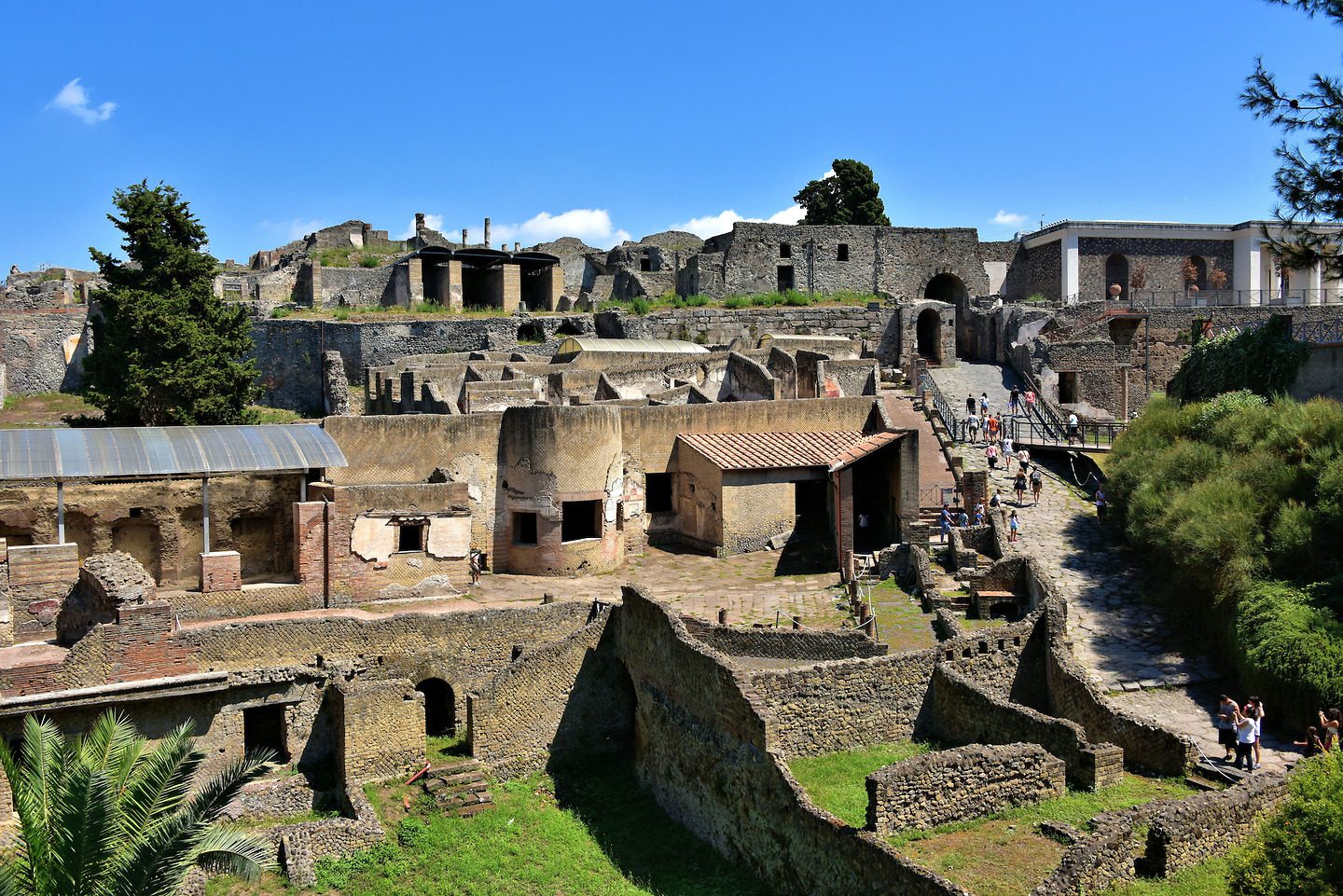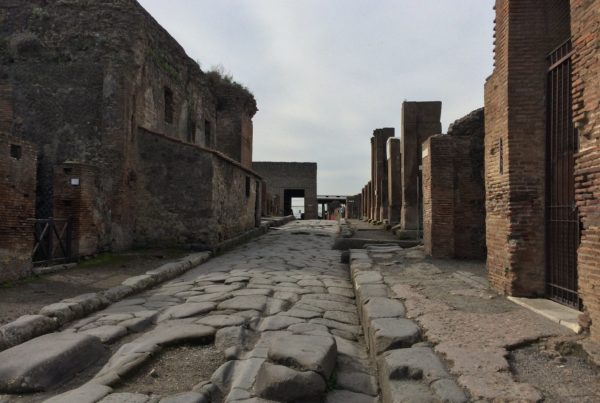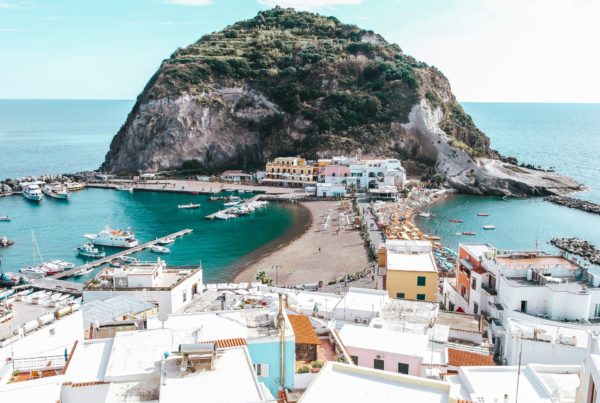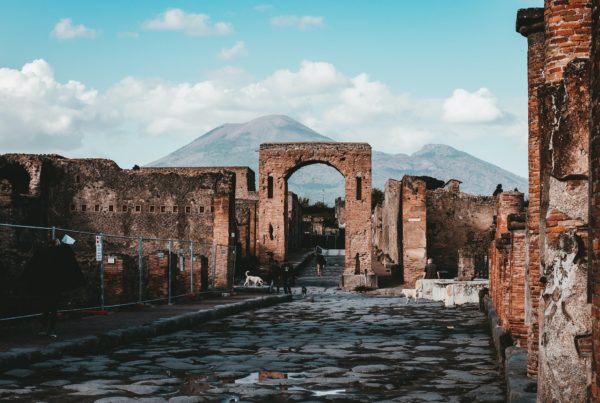 |
| Pompeii |
The ancient city of Pompeii is a living museum of what life used to be like in Italy. After Mount Vesuvius erupted in 79 AD, the town was covered in a thick layer of volcanic ash that has preserved the streets, people, and buildings to give visitors a fascinating and tragic glimpse into the past.
Since the eruption, Pompeii and its surrounding towns have constantly been excavated to uncover more about ancient life. Now, visitors can wander the narrow streets, duck in and out of centuries-old buildings, and discover a way of life that has long disappeared.
Here’s what to see when you’re in town.
1. House of the Faun
Though many of the streets and buildings are incredibly well preserved for a city that hasn’t been touched for hundreds of years, there are still some ruins that remind visitors just how old Pompeii is. The House of the Faun was once an opulent Roman villa that boasted a rich collection of colourful mosaics and surprisingly big gardens.
2. Antiquarium
Wandering the streets gives visitors an insight into the landscape of Pompeii and what an ancient Roman city might have looked like, but the Antiquarium digs deeper than that. Here, you can explore interactive displays that bring certain parts of the city to life and discover some of the thousands of artefacts that have been uncovered over the years. Many of these bits and pieces date back to a time before Mount Vesuvius wasn’t a threat to the ancient city.
3. The Temple of Apollo
The temple is one of the most prominent and iconic images of ancient Roman culture, and there are plenty of ruins dotted around Pompeii. The Temple of Apollo is perhaps the most popular of them all, as it still maintains its original Roman columns which are thought to date back to the 6th century.
4. The Forum
At the heart of Pompeii there is a sprawling plaza lined with ruined temples and once-opulent homes. Known as the Forum, this part of the city boasts elaborate colonnades and columns that make a walkway down to the impressive Temple of Jupiter. Near the square, you can make like the ancient Romans and explore the Macellum, an old food market, and visit the Shrine of the Lares.
5. Roman Theatres
Theatres were a huge part of ancient Roman life, and this is exemplified in Pompeii. Entertainment was important for residents of old Italian cities, and there were plenty of theatres to keep people busy. In Pompeii, you can witness the Teatro Grande, which was one of the biggest theatres in town, but you can also check out the Teatro Piccolo, a smaller example of a traditional Roman theatre that is thought to date back to 75 BC.
Join our Private Pompeii Guided Tour today!






